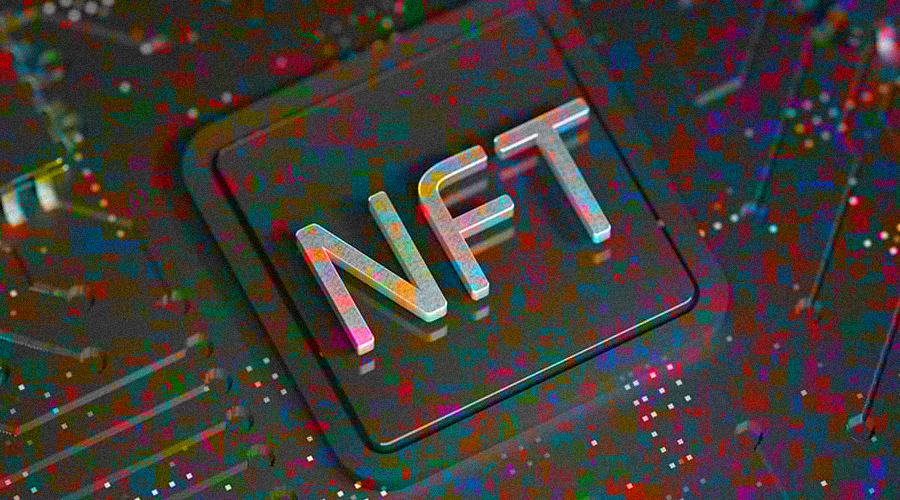Non-Fungible Tokens, commonly known as NFTs, have recently gained immense popularity. NFTs are unique digital assets that are secured on a blockchain network, making them immutable and verifiable. NFTs represent anything from artwork, music, videos, and games to virtual real estate. The rise of NFTs has been significant, with several high-profile NFT sales fetching millions of dollars. However, the future of NFTs is still uncertain, and there are many predictions and trends to watch out for in the coming years.
The Future of NFTs
The future of NFTs looks promising, with the potential to revolutionize how we think about ownership and the value of digital assets. As more industries and businesses adopt NFTs, we expect to see increased adoption and integration with other technologies, such as the metaverse and DeFi. Additionally, the emergence of new use cases and the potential for fractional ownership will drive the growth of the NFT market. However, with this growth comes the need for increased regulation to protect investors and ensure the legitimacy of the market.
Trends to Watch Out For
- Increased Adoption
One of the most significant trends to watch out for in the NFT market is increased adoption. NFTs have already captured the attention of artists, musicians, and gamers, but they are yet to penetrate other industries fully. In the future, we can expect more businesses and industries to adopt NFTs for various purposes, such as digital identity verification, supply chain management, and digital rights management. As more industries adopt NFTs, the market’s growth potential will continue to increase.
- Integration with Metaverse
Metaverse refers to a virtual world that allows users to interact with each other in a digital environment. NFTs are poised to play a significant role in the metaverse’s development, as they can represent digital assets in the virtual world. In the future, we can expect to see NFTs integrated into various metaverse platforms, allowing users to buy, sell, and trade virtual assets in a secure and transparent manner.
- Fractional Ownership
Fractional ownership refers to the practice of dividing ownership of an asset into smaller portions that can be sold separately. NFTs are perfect for fractional ownership, as they can represent ownership of unique digital assets. In the future, we can expect to see more NFTs offered for fractional ownership, allowing investors to purchase a portion of an NFT and profit from its appreciation in value.
- Environmental Concerns
One of the main criticisms of NFTs is their environmental impact. The process of minting an NFT requires a significant amount of energy, contributing to the carbon footprint of the blockchain network. In the future, we can expect to see more sustainable solutions for NFTs, such as using proof-of-stake blockchain networks that require less energy to operate.
Predictions for the Future of NFTs
- Mainstream Adoption
One of the most significant predictions for the future of NFTs is mainstream adoption. NFTs have already gained significant traction in art, but they are yet to become a mainstream asset class. In the future, we can expect to see more people invest in NFTs, driving up demand and market prices. As more businesses and industries adopt NFTs, they will become more widely accepted as legitimate digital assets, leading to increased public adoption.
- Increased Regulation
As NFTs become more mainstream, we can expect to see increased regulation from governments and regulatory bodies. Regulations will be necessary to protect investors from fraudulent or misleading NFT sales and ensure that NFTs are not used for illegal activities such as money laundering or terrorist financing. The regulation will also bring more legitimacy to the NFT market, leading to increased adoption by institutional investors.
- The emergence of NFT Funds
As the NFT market grows, we can expect to see the emergence of NFT funds, similar to traditional investment funds. These funds will allow investors to pool their money together and invest in a diversified portfolio of NFTs. NFT funds will provide investors with exposure to the NFT market while reducing their risk through diversification.
- New Use Cases
NFTs are still a relatively new technology, and many potential use cases have yet to be explored fully. In the future, we can expect to see new and innovative uses for NFTs, such as digital collectables and even NFT-based social media platforms. These new use cases will drive the NFT market’s growth and create new opportunities for investors and creators.
Conclusion
The future of NFTs is bright, with many predictions and trends to watch out for in the coming years. Increased adoption, integration with the metaverse, fractional ownership, and environmental concerns are trends shaping the NFT market’s future. Mainstream adoption, increased regulation, and the emergence of NFT funds are some of the predictions we can make for the future of NFTs. As the NFT market continues to evolve, it will be exciting to see how it develops and what new opportunities it brings for creators, investors, and businesses.
I have over 10 years of experience writing about cryptocurrency and blockchain technology. I have been published in major publications such as CoinDesk, Bitcoin Magazine, and Blockonomi. I am a regular speaker at crypto events and conferences.I am passionate about helping people understand this complex and rapidly-growing industry. My goal is to make complex concepts easy to understand for the average reader. I believe that blockchain technology will change the world as we know it, and I want to help people navigate this exciting new landscape.
